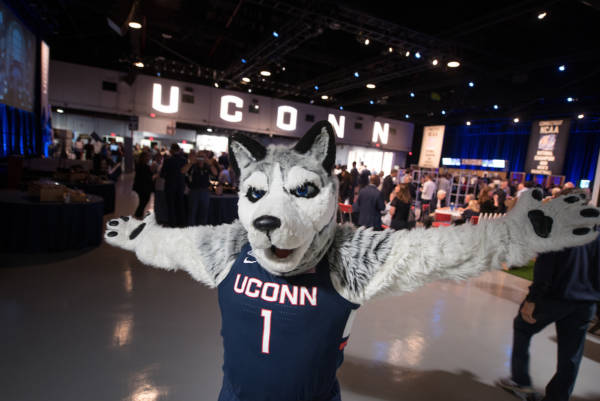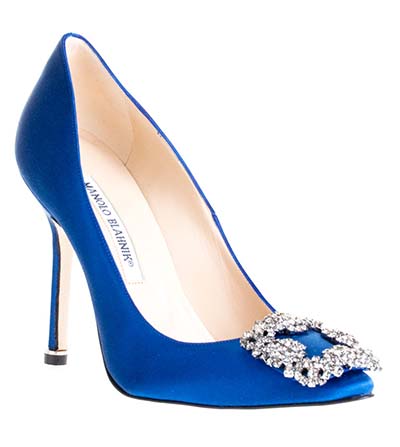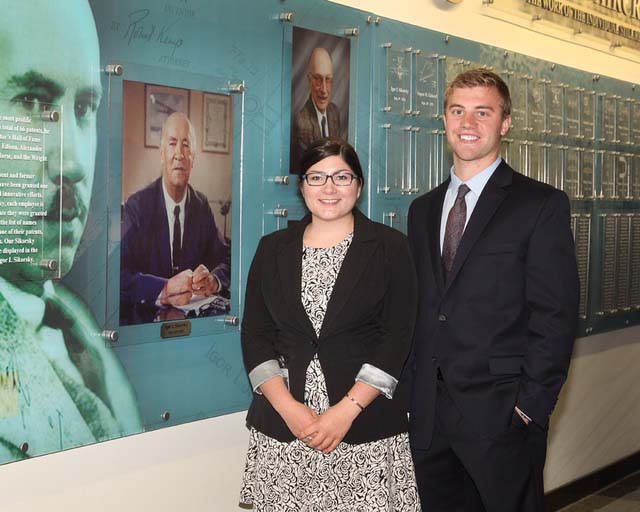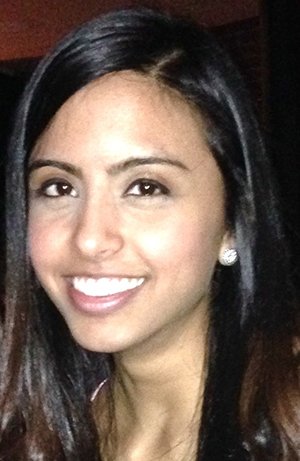Six Things You Might Not Know About the School of Fine Arts
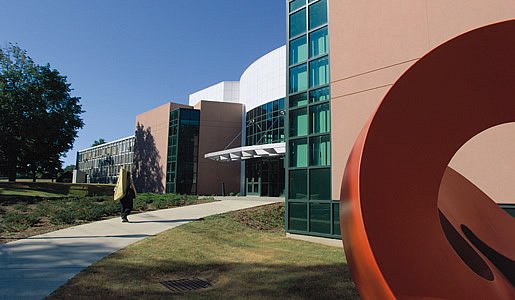
If you’re reading this, there’s a good chance you’ve snagged tickets to a Connecticut Repertory Theatre show or danced in your seat during a performance at Jorgensen or von der Mehden. Maybe you’ve bragged to your friends about how UConn is only one of two schools to offer an undergraduate degree—and the only school to offer a master’s—in puppetry.
But we bet even the most devoted patrons of the arts didn’t know some of these tidbits about the School—all of which were supplied by Professor Emeritus Donald Murray, who wrote “The University of Connecticut’s School of Fine Arts: A History of the First Fifty Years.”
The school was created through a grassroots effort.
UConn was founded in 1881 as an agricultural school, but even in its first few decades students and faculty created artistic societies, courses, and even fraternities.
“The desire to create musically, dramatically, poetically, resides in everyone,” said Murray. And this was true even for UConn’s farming students.
The fraternal Athenian Club came first, in 1911—an organization devoted to social connections and promoting love of the arts but also known for its “exclusive” private dining room and baseball games. Another fraternity, Theta Alpha Phi, sprang up in 1920. The honorary dramatic society produced plays well into the 1930s.
In 1921, a group of coeds started the Monteith Arts Society, named after English and History professor Henry Ruthner Monteith (who was later honored with the classroom building that today bears his name). The Society sponsored programs, lectures, and art exhibitions, most of which were held at or in Holcomb Hall, in East Campus. “The Monteith Arts Society remained active until Pearl Harbor, when the group sponsored an exhibition and sale of Japanese prints,” wrote Murray. “The untimely showing was considered a factor in the Society’s demise.”
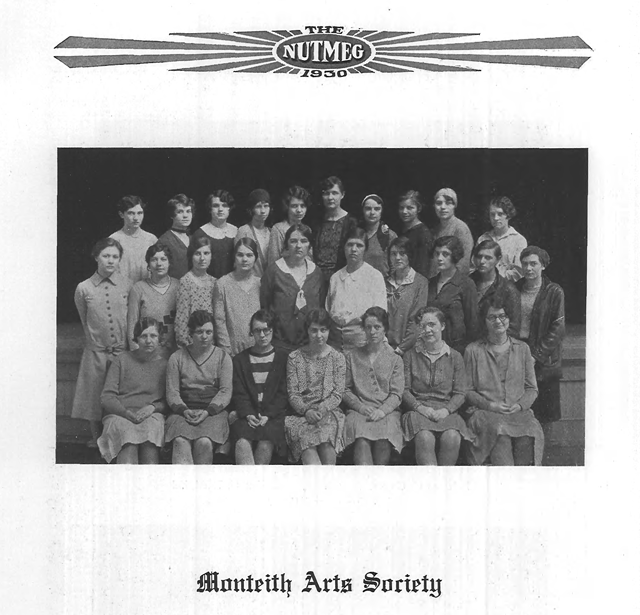
And in 1929, recently retired President Charles Lewis Beach established the Louise Crombie Beach Foundation in memory of his late wife. The funds were designated for future art purchases, and the collection eventually evolved into today’s William Benton Museum of Art.
Students, faculty, and staff pushed to coalesce these artistic endeavors into a solidified curriculum early on, but it wasn’t until the 1950s that formal departments—and eventually, the beginnings of a school—began to take shape.
Art classes used to be a part of the Home Economics curriculum.
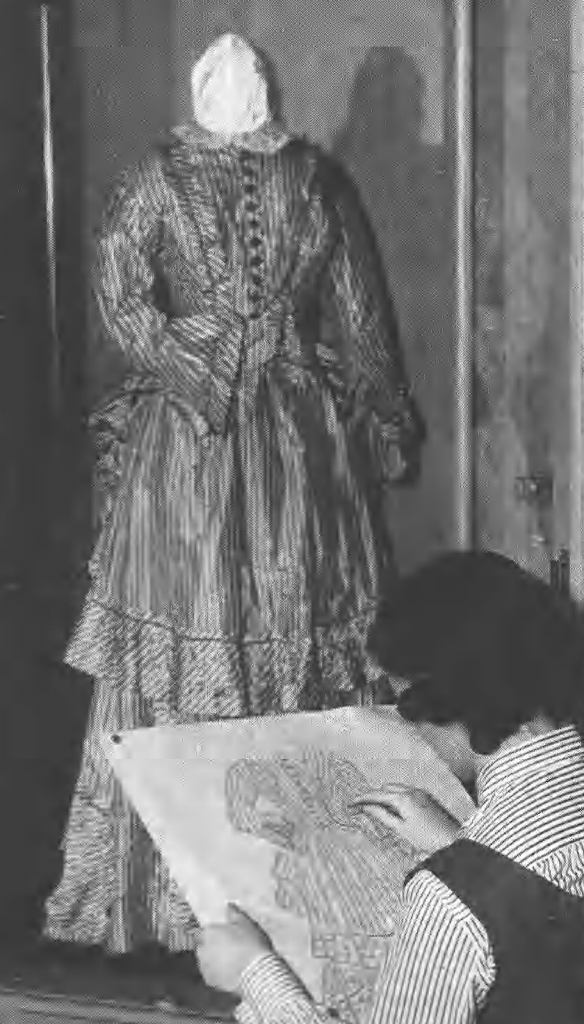
Three art courses and three costume-design courses were offered through Home Economics by the late 1930s, marking the first appearance of set art courses at UConn.
When more diverse course offerings sprang up over the next couple of decades, the administration decided in 1951 that a separate Department of Art should be established under the College of Liberal Arts and Sciences.
The Arts and Sciences college dean justified the move by explaining that the new classes, unlike those within Home Economics, didn’t have practical application. But “an asserted but unsubstantiated reason for moving art from Home Economics was related to the influx of GIs to the Storrs campus: GIs wishing to study art did not want to be in Home Economics.”
Faculty from the departments of art, music, and drama lobbied to create a cohesive unit, but it wasn’t until 1961 that the School of Fine Arts was formally established.
Puppetry classes used to be held in the basement of Sprague Hall.
Renowned puppetry professor Frank Ballard came to UConn in 1956, with the dream of establishing a degree program at the University. His dream was realized in baby steps, however, with his first classes and storage space held in the basement of Sprague Hall in East Campus and in a few rooms on South Campus.
Ballard was eventually able to get his department moved to the more spacious Depot Campus, and the degree program was established in 1966. Ten years later, Ballard established the National Puppetry Institute at UConn. We’ve come a long way since: Today, you can visit the Ballard Institute and Museum of Puppetry at Storrs Center.
Other arts classes were scattered across campus—drama and dance classes were taught at Hawley Armory, which served as UConn’s gym, and other performances were held in dormitories.
The UConn Marching Band has been around since 1953—but it wasn’t the first band on campus.
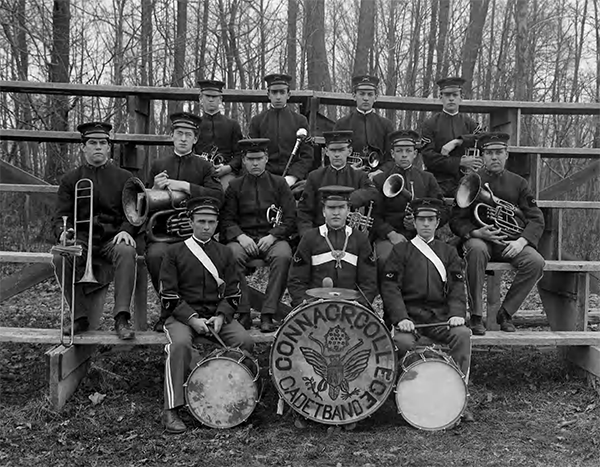
The Pride of Connecticut has been spelling out “U-C-O-N-N” on football fields since the 1950s, but the first band to appear in Storrs dates back to 1900. The Connecticut Agricultural College Cadet Band led students and alumni through campus to football games until the 1930s, when a more formal College Band was created.
By the 1950s, UConn had not only a marching band, but a ROTC band, a traveling concert band, an Athletic Band, and even a dance orchestra. The latter, known as the Connecticut Collegians, skyrocketed to fame in the 1930s as one of the best swing dance bands in New England.
It’s what the Boston Symphony, Marcel Marceau, and Ray Charles have in common.
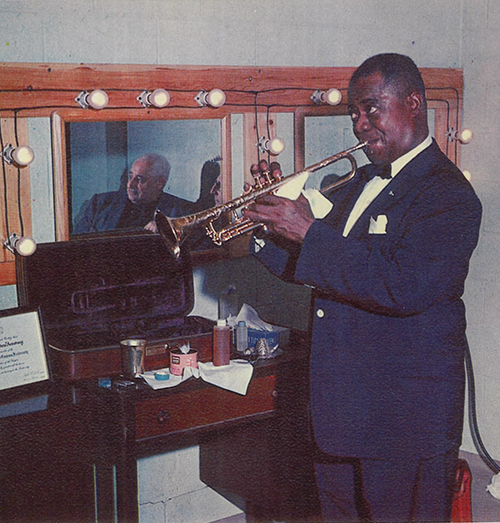
For the people of Northeast Connecticut, Storrs was the closest access to artistic and cultural performances—Boston and Providence were hours away, especially before the national highway system was expanded. So when the Albert N. Jorgensen Auditorium (now the Jorgensen Center for the Performing Arts) was created in 1955, its performances attracted tens of thousands of people—and as a result, some pretty big names early on.
In its inaugural season, the auditorium hosted the Boston Symphony Orchestra, the New York City Opera, and renowned sopranos Eileen Farrell and Jennie Tourel.
Other notable performances at Jorgensen include Louis Armstrong, the Kingston Trio, Dave Brubeck, the Martha Graham Dance Company, Luciano Pavarotti, Harry Belafonte, Ladysmith Black Mambazo, the Indigo Girls, David Sedaris, Dave Chappelle, and many, many more.
All proceeds of Professor Murray’s book go to scholarships.
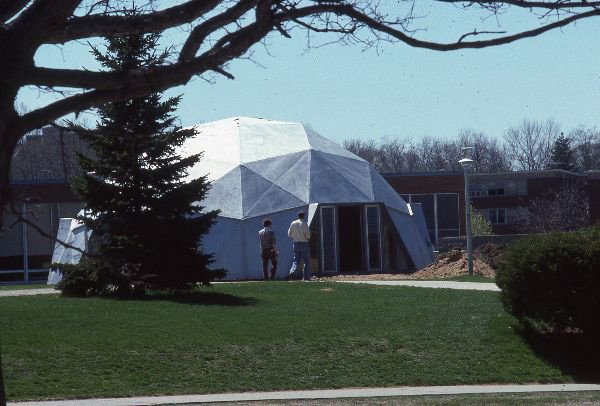
By purchasing the book, you’ll find out a lot more about the School of Fine Arts and support scholarships for dramatic arts undergraduates.
“The school, the faculty, the students, the audience participants are a product of what had gone before,” says Murray. What they’re doing now—and what you’re doing by supporting the School—is shaping another generation.
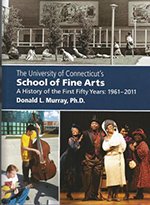
- Purchase The University of Connecticut School of Fine Arts, by Dr. Donald L. Murray
- Join Dr. Murray in supporting the School of Fine Arts
- Support scholarships at UConn
